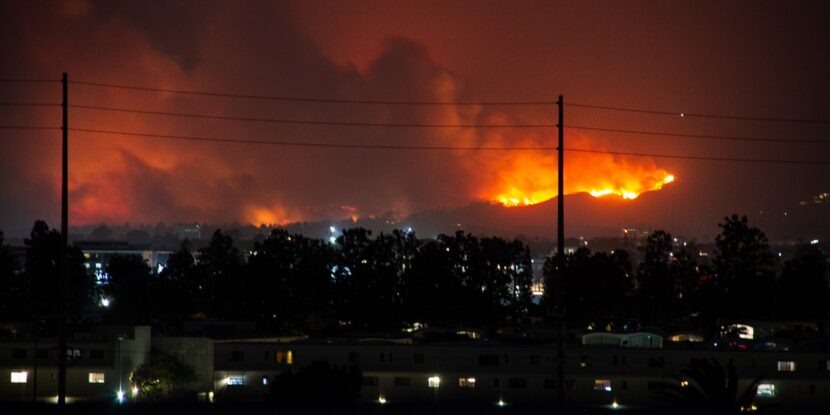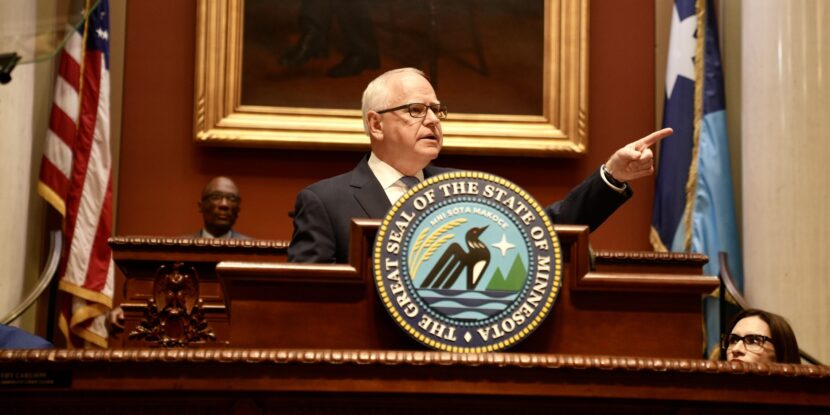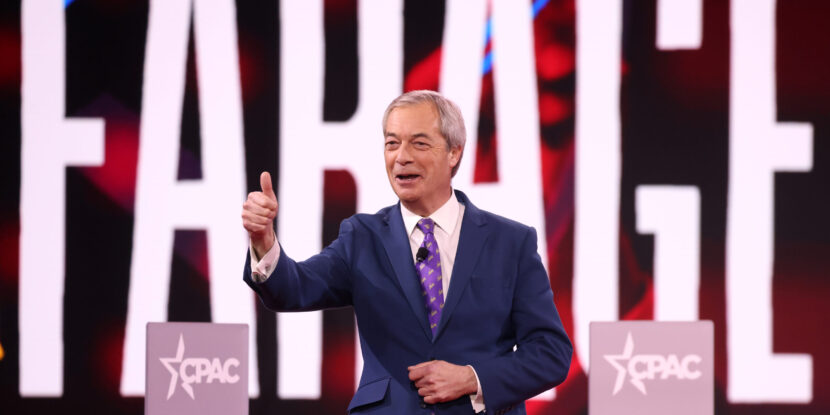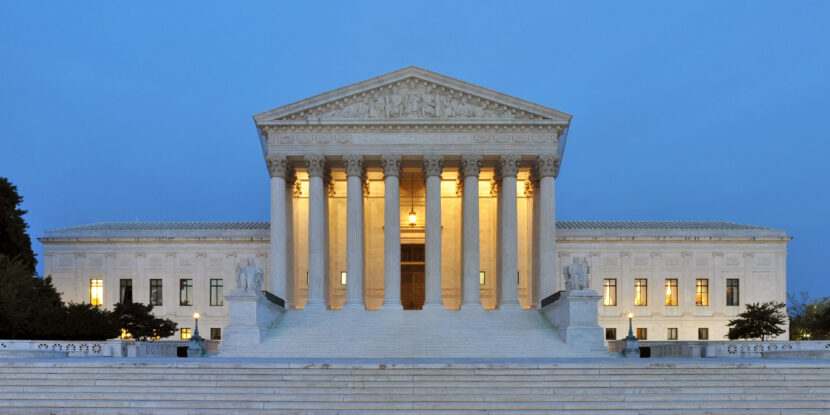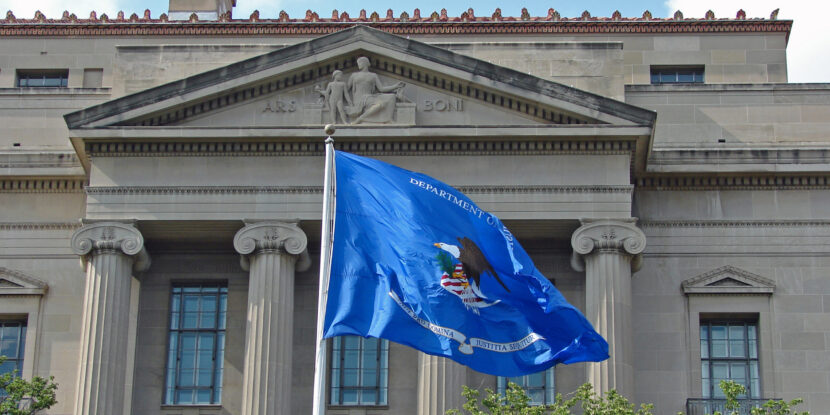❓WHAT HAPPENED: An arrest has been made in connection with the devastating Palisades Fires that destroyed homes and claimed lives in Los Angeles, California, earlier this year.
👤WHO WAS INVOLVED: Acting United States Attorney Bill Essayli, Jonathan Rinderknecht, first responders, and fire victims.
📍WHEN & WHERE: Fires broke out on January 7, 2025, in Pacific Palisades, Los Angeles. Details on the arrest were revealed on Wednesday, October 8, 2025.
💬KEY QUOTE: “Today we are announcing the arrest of 29-year-old Jonathan Rinderknecht on a criminal complaint charging him with maliciously starting what became the Palisades Fire in January.” — Acting U.S. Attorney Bill Essayli
🎯IMPACT: The fires claimed 30 lives, destroyed thousands of homes, and exposed critical failures in California’s emergency responses.
California law enforcement has made an arrest in the case of the Palisades Fires that ravaged Los Angeles earlier this year, destroying homes and claiming lives. At a press conference on Wednesday, Acting U.S. Attorney Bill Essayli for Los Angeles named 29-year-old Jonathan Rinderknecht the suspect, noting that the evidence points to Rinderknecht having intentionally set the fire.
“Today we are announcing the arrest of 29-year-old Jonathan Rinderknecht on a criminal complaint charging him with maliciously starting what became the Palisades Fire in January,” Essayli wrote in a post on X (formerly Twitter), adding: “Among the evidence that was collected from his digital devices was an image he generated on ChatGPT depicting a burning city.”
The fires, which erupted on January 7, 2025, killed 12 people in Pacific Palisades and another 18 in Altadena. Over 6,000 homes and buildings were destroyed, including properties owned by high-profile figures such as Paris Hilton, Tom Hanks, and Mandy Moore. The fires burned for days, reducing neighborhoods to ash and rubble.
An outside review released in September pointed to a series of failures in Los Angeles County’s emergency response. The report highlighted outdated policies, inconsistent practices, and communication vulnerabilities that delayed evacuation orders, leaving residents to flee on their own as flames rapidly spread.
The first evacuation order for the Pacific Palisades fire came 40 minutes after some homes were already burning. Severe winds hindered aerial firefighting efforts, while water hydrants ran dry due to unprecedented demand. A nearby reservoir was empty because it was under repair, and fire commanders had not pre-deployed additional resources despite the forecasted conditions.
Despite these challenges, nearly all residents of Pacific Palisades managed to escape, thanks to their awareness of fire risks and the efforts of first responders. The fires were the most destructive in California’s history.
Join Pulse+ to comment below, and receive exclusive e-mail analyses.
